PM to jolt tardy power plants
The prime minister is sparking action to ensure work on Vietnam’s new power plants proceeds as quickly as possible, in light of the spate of electrical blackouts that swept through the north of the country during May and the expected surge in demand for energy over the next two years.
Prime Minister Phan Van Khai, in a recent meeting that reviewed the plants’ progress, concluded that representatives from the ministries of industry, construction, and planning and investment, and the government office, would be required to regularly inspect hydropower plants and report progress and difficulties directly to the prime minister.
Prime Minister Khai asked the Ministry of Industry (MoI) to review any power projects that have broken ground within the last three years and address any difficulties they may be having, as well as increase the speed of construction so that power demands for 2006-07 can be met.
The government has also instructed the State Bank to consider permitting commercial banks to lend more than 15 per cent of the legal capital required to finish power projects.
The government said six power projects should be operational next year, including the Se San 3, Se San 3A, Srok Phumieng and Tuyen Quang hydropower plants, with a combined capacity of 761 MW. Two other thermal power plants, Uong Bi and Ca Mau, are expected to start producing electricity in the next few years.
A MoI report revealed that a total of 15 power plants are due to start construction this year, with seven bankrolled by state-owned Electricity of Vietnam (EVN), and the others built by joint-stock companies. These new projects will provide a total designed capacity of 3071 MW, supplementing the 16 other plants currently under construction, which will produce 3066 MW.
The decision was prompted by the power blackouts that hit the north in May, which have been blamed on an unprecedented high demand and a shortage of water to operate the Hoa Binh Hydropower Plant.
Deputy Prime Minister Nguyen Tan Dung told the National Assembly last month that newly built power plants should satisfy national needs by 2010.
“The government has approved investment plans and requested that investors ensure the construction of power project’s progress according to schedule,” Dung said.
Vietnam’s economic growth of more than 7 per cent over the last few years has pushed the country’s demand for electricity up by an average annual rate of 14-15 percent. This demand is projected to grow yearly at 13-15 percent until 2010.
State utility EVN said the nation’s power demand should reach 93 billion kWh by 2010, or double the current figure. As a result, the country needs to build another 52 power plants in the next five years with a designed capacity of 7,547 MW at a total cost of $13.7 billion.
In a meeting early last month, the government said it would consider additional investments to build coal-fired plants in the central and southern regions.
MoI minister Hoang Trung Hai has said funding the construction of new power plants was difficult as the state budget is unable to cover such large costs.
Investment could be mobilised from non-state and foreign sources through build-operate-transfer or build-transfer business models, the government said. State-owned power supply and transmission companies should also be equitised to attract investment from non-state sectors.
In an electricity development plan until 2010, which was approved last October, the government said the country would import around 2,000 MW from Laos. Vietnam is currently importing power from China through three transmission lines in Lao Cai, Quang Ninh and Ha Giang.
What the stars mean:
★ Poor ★ ★ Promising ★★★ Good ★★★★ Very good ★★★★★ Exceptional
 Tag:
Tag:
Related Contents
Latest News
More News
- Mitsubishi Estate launches Logicross Hai Phong - a milestone in logistics evolution (November 20, 2024 | 14:32)
- Semiconductor workforce partnerships deliver industry-relevant training (November 20, 2024 | 10:58)
- German Quickpack to invest $31.7 million in Long An province (November 20, 2024 | 09:31)
- Foreign-invested enterprises drive logistics investment in the southeast region (November 20, 2024 | 09:27)
- Chile visit underscores trade benefits (November 19, 2024 | 10:00)
- Trump’s second term impacts sci-tech activities and industry 4.0 technologies (November 18, 2024 | 10:00)
- Vietnam eyes nuclear revival to bolster energy security (November 14, 2024 | 16:46)
- Kyokuyo completes $13.5 million seafood factory in Vietnam (November 14, 2024 | 12:19)
- VinFast receives $3.5 billion funding from Vingroup and Pham Nhat Vuong (November 14, 2024 | 06:38)
- Localities sprint to reach FDI targets (November 13, 2024 | 10:00)


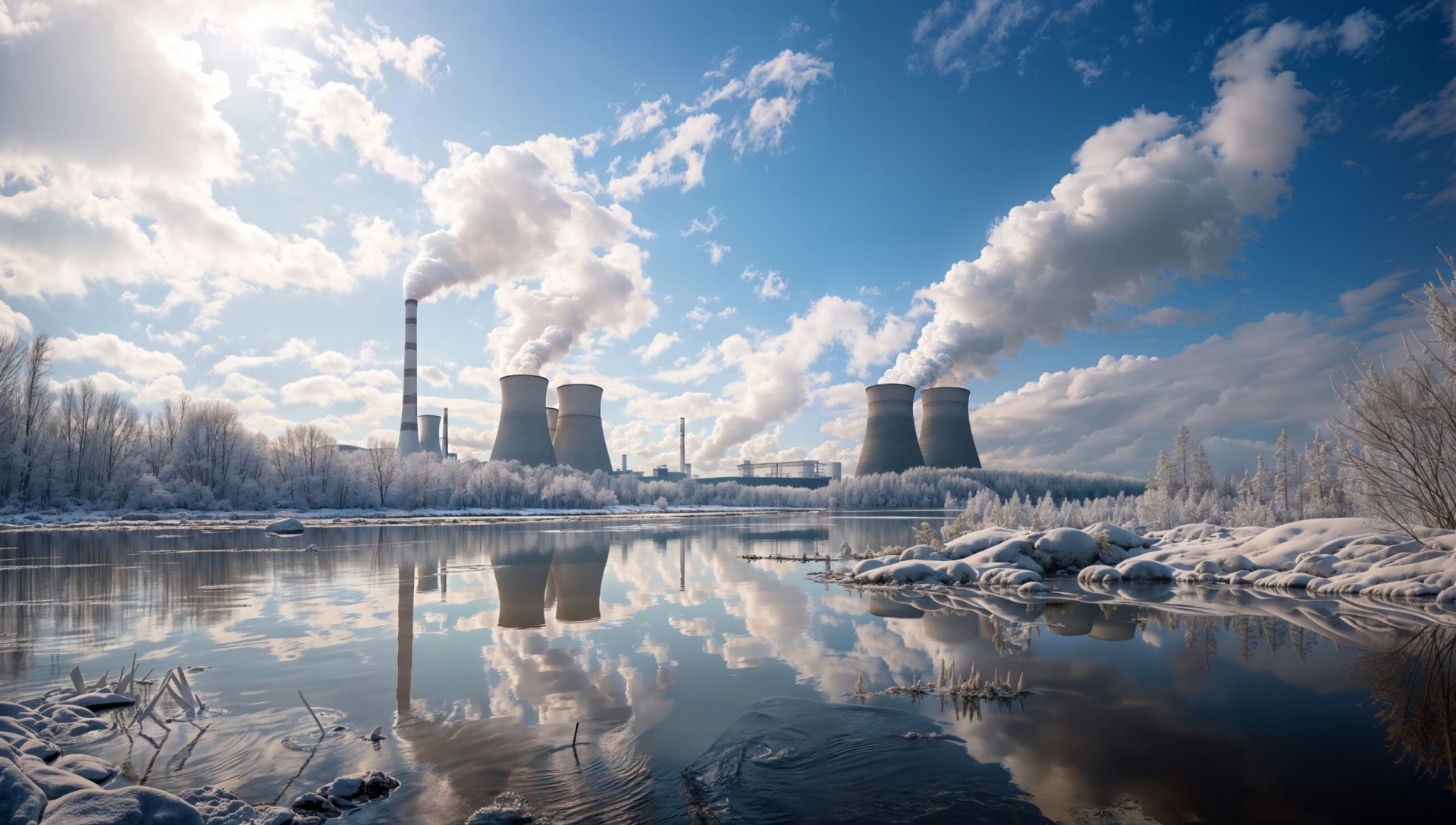
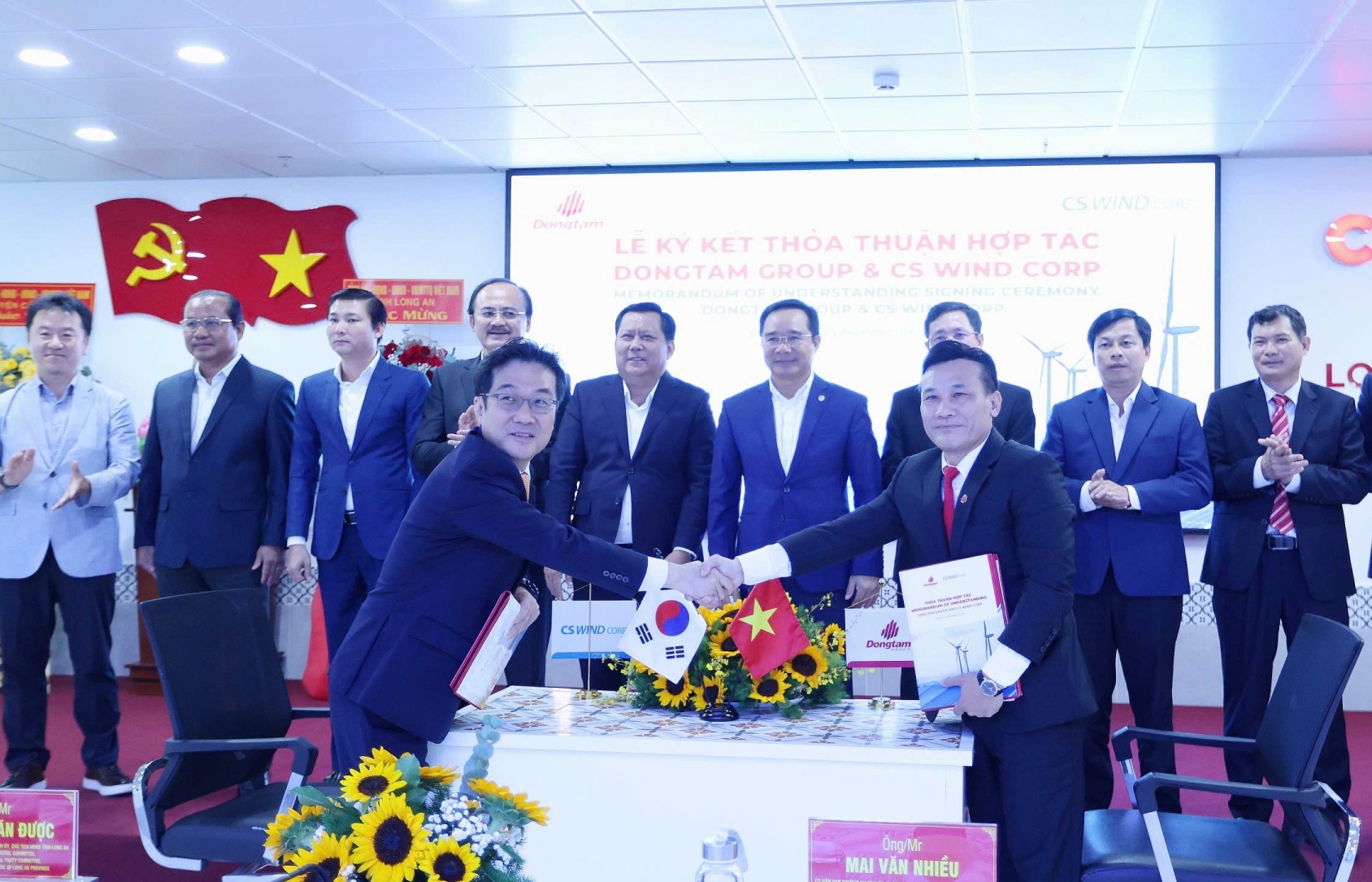
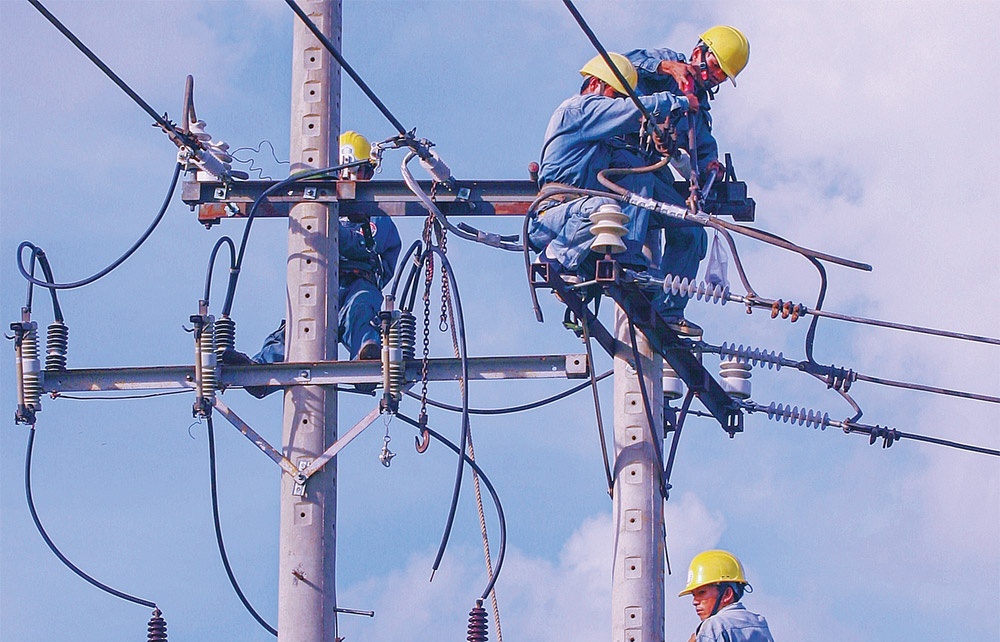
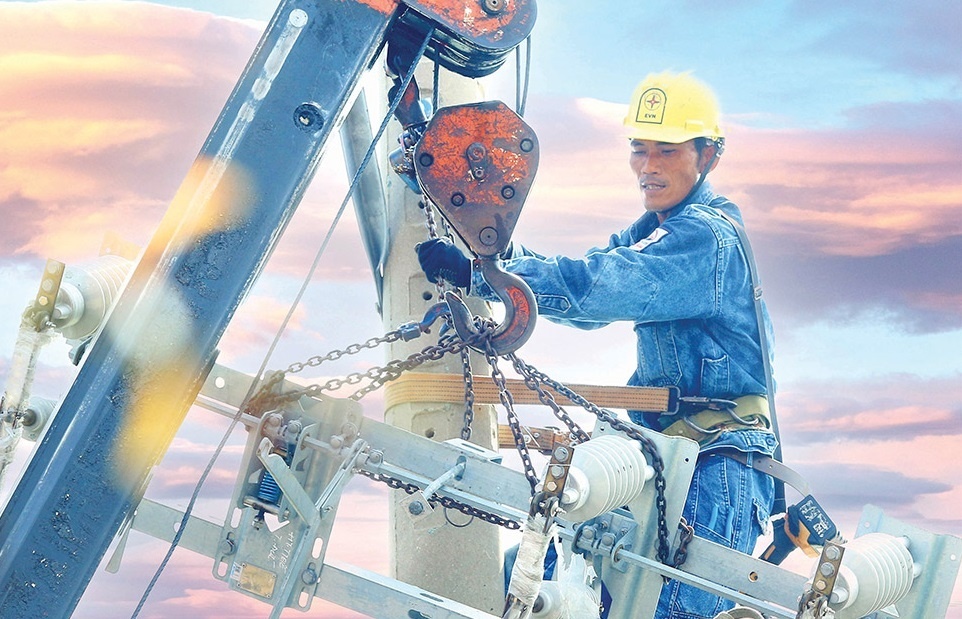
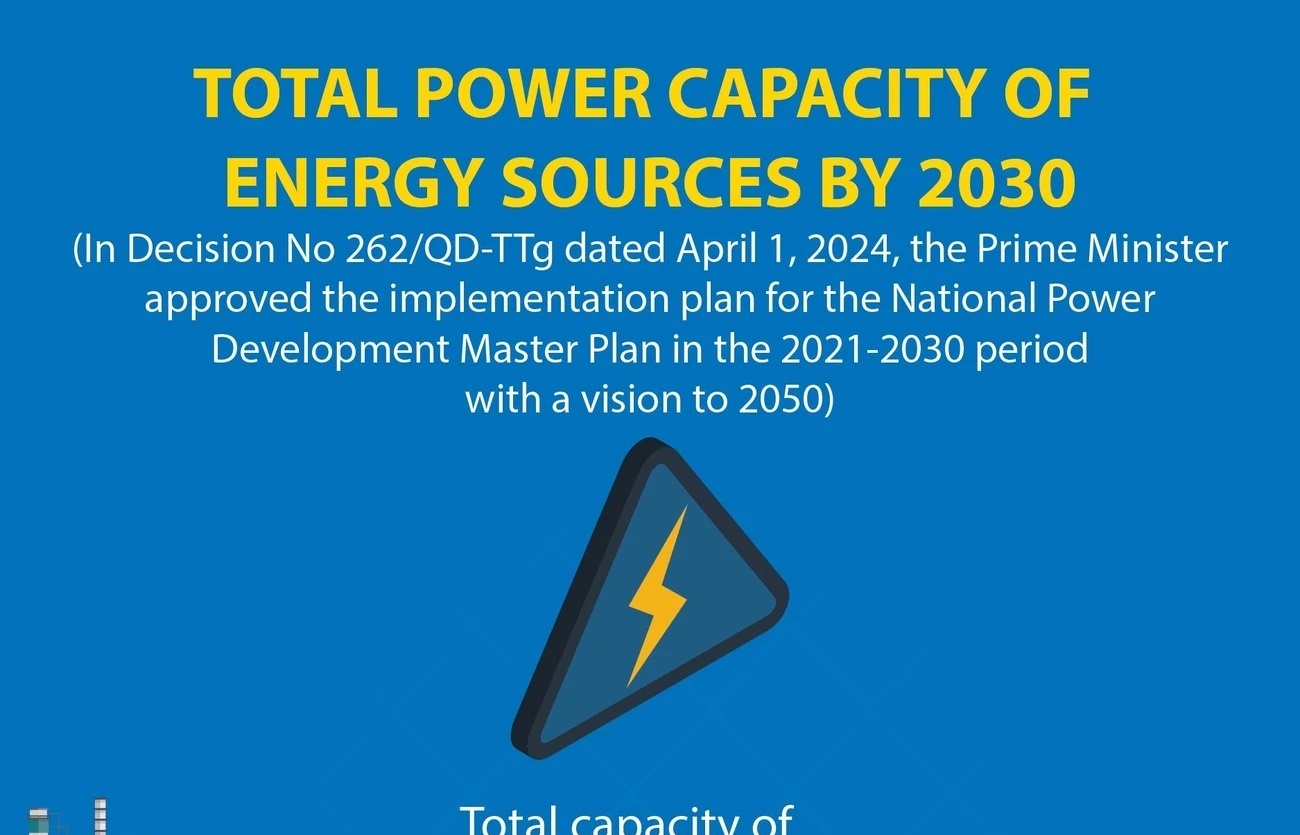
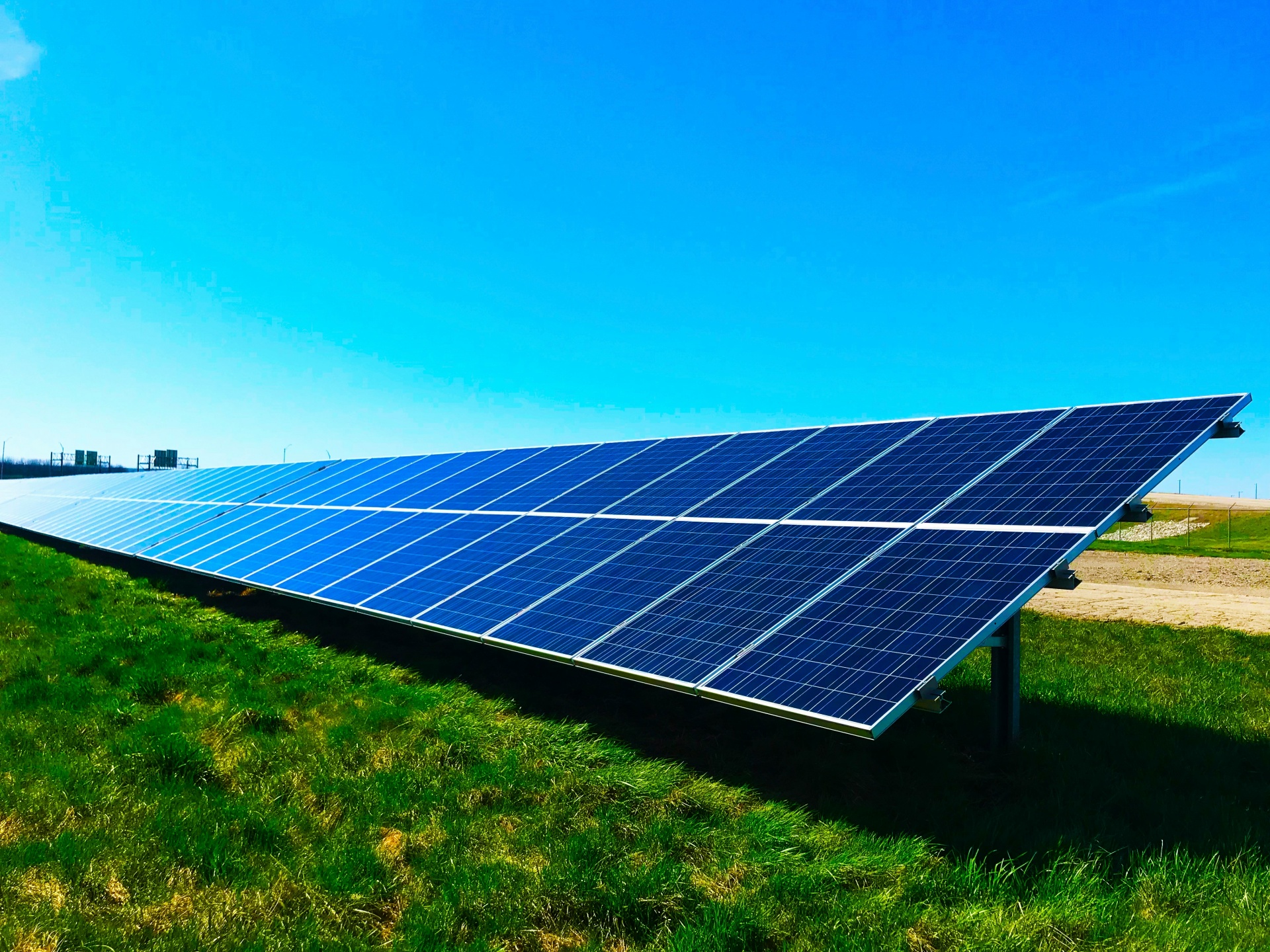
















 Mobile Version
Mobile Version